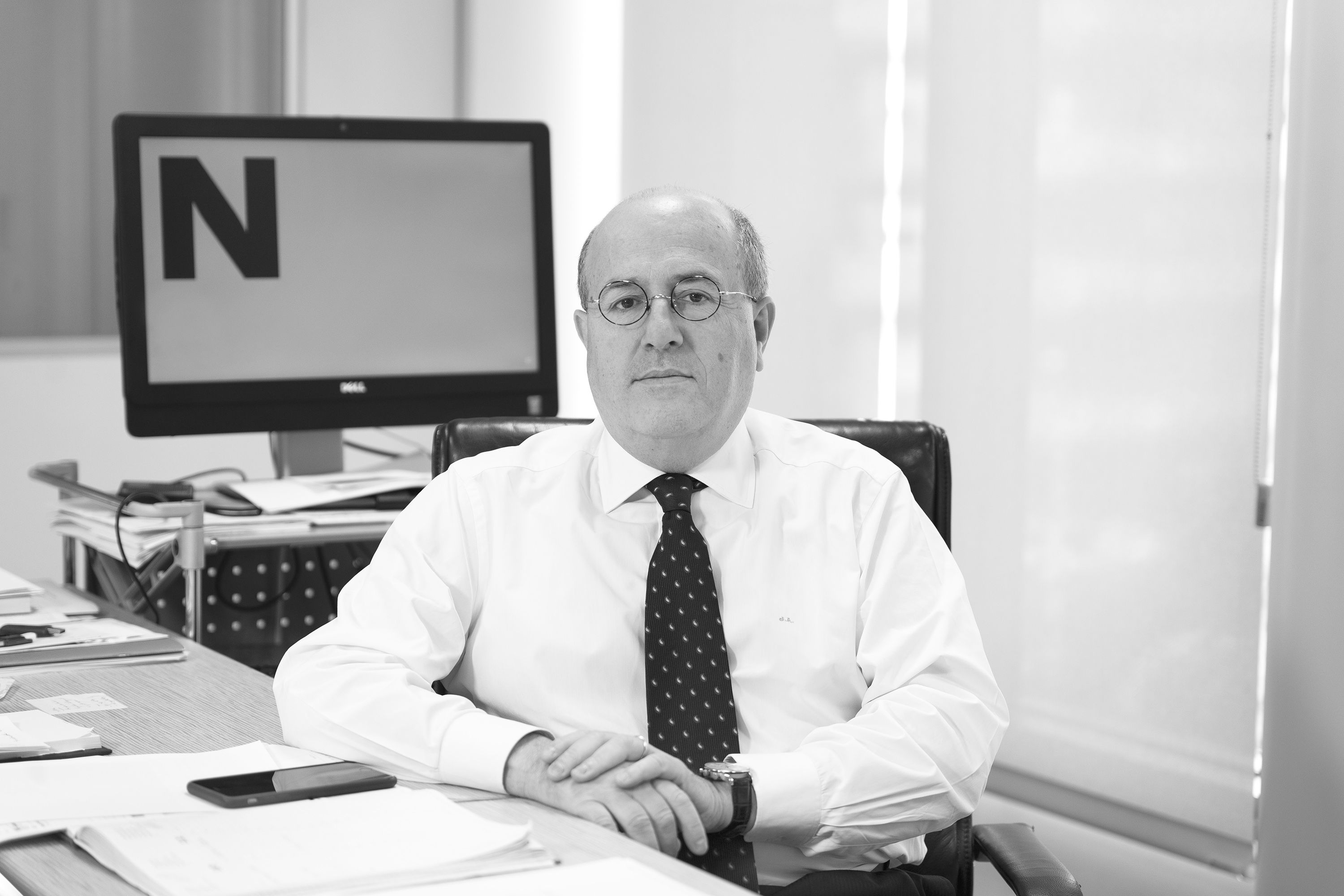A million people, according to the Urban Guard, have this Tuesday occupied Barcelona's Diagonal avenue in a new, successful and peaceful demonstration of the strength of the Catalan independence movement. For the seventh year in a row and in conditions which aren't at all easy, with its morale often broken and with obvious consequences from so many months of often sterile debate, the independence movement has again demonstrated its vitality and that it doesn't resign itself to the current political situation. That it doesn't accept that there are political prisoners and exiles away from their families, that it doesn't renounce the mandate of last year's 1st October referendum and the proclamation of the Republic in the Parliament on 27th October. That the journey isn't over since the objective is still far away and that the recent "we're in a hurry" will have to wait a little longer.
The 2018 Diada, the Catalan national day, should help the independence movement gather momentum before the true obstacle course of the coming months, which will keep the referendum and the disproportionate police violence in mind, and also, in the trials this autumn and the sentences expected for spring, have a real moment of truth. A punishment from the Supreme Court will not only break relations with the Spanish government, but will again strain Spain's institutional architecture. From the crown to the judiciary. Perhaps it would give the momentum president Quim Torra is talking about and which would be a turning point in the current political situation.
The people have again been the protagonists of the 2018 Diada. As have their representatives, ANC and Òmnium, as the demonstration's organisers: Muriel Casals and Carme Forcadell, 2012-13; Jordi Sánchez and Jordi Cuixart, 2014-17, and Marcel Mauri and Elisenda Paluzie, now. The people far ahead of the political class, huddled away for many months due to the final result of last October, the 21st December election and the complicated process of forming the Catalan government, as well as the disagreements and balance between Junts pel Sí and Esquerra Republicana and, on another level, between those two parties and CUP. The public's perseverance as an antidote against losing heart, but also as stimulus and vigilance ahead of any attempt to go back on public promises. That's the political scene at this time.
Once again, and it's happened a few times now, the narrative of the magic pro-union movement has broken: the demonstration wasn't organised from an official office and it's again been proved that the independence movement isn't a passing fad. That beyond an agreed-upon referendum there's no framework for negotiation between Madrid and Barcelona, however many experiments they want to make and despite always having candidates to try them. That which seems so easy to see, which is a phenomenon based strongly on the popular movement from the four corners of Catalonia, has to find the new tone which can produce a new symbiosis between the people who have abandoned the autonomous community framework for good and their politicians, hostages, in part, to the current political situation.
The Catalan government is ready for take off after the successful Diada. Whether it knows how to do so remains to be seen.

